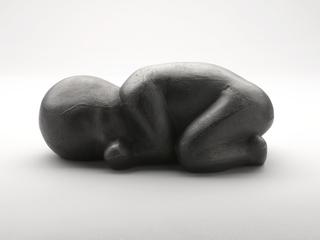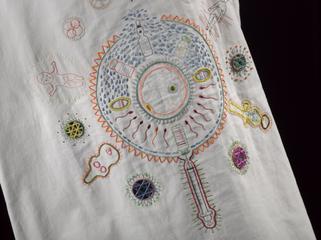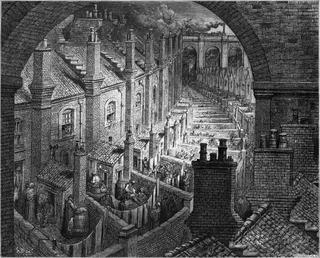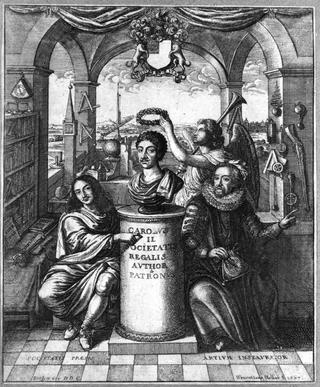








Contemporary watercolour showing interior of Scutari Hospital during Crimean War, c.1857.
Scutari military hospital, near Istanbul, Turkey, was used for the treatment of wounded British soldiers during the Crimean War (1853-1856). Florence Nightingale returned from the Crimea in 1856, a year before this image was painted.
It is understood that Nightingale dramatically reduced the death rate of soldiers in hospitals from forty per cent to two per cent in two years by enforcing cleanliness, special diets and improving the day-to-day running of the hospital. Recent research suggests that the death rate actually rose during the beginning of Nightingale’s stay as she believed that poor nutrition and exhaustion were causing the high mortality rate instead of diseases such as cholera, typhus and dysentery. The death rate only dropped after a commission was sent out six months after her arrival. As well as improving ventilation, the commission ordered sewers to be cleaned, thus preventing the spread of these water-borne diseases.
Details
- Category:
- Art
- Object Number:
- 1979-218
- Materials:
- paper (fibre product)
- Measurements:
-
overall: 634 mm x 965 mm
- type:
- watercolour
- credit:
- Jenner Medical Books




